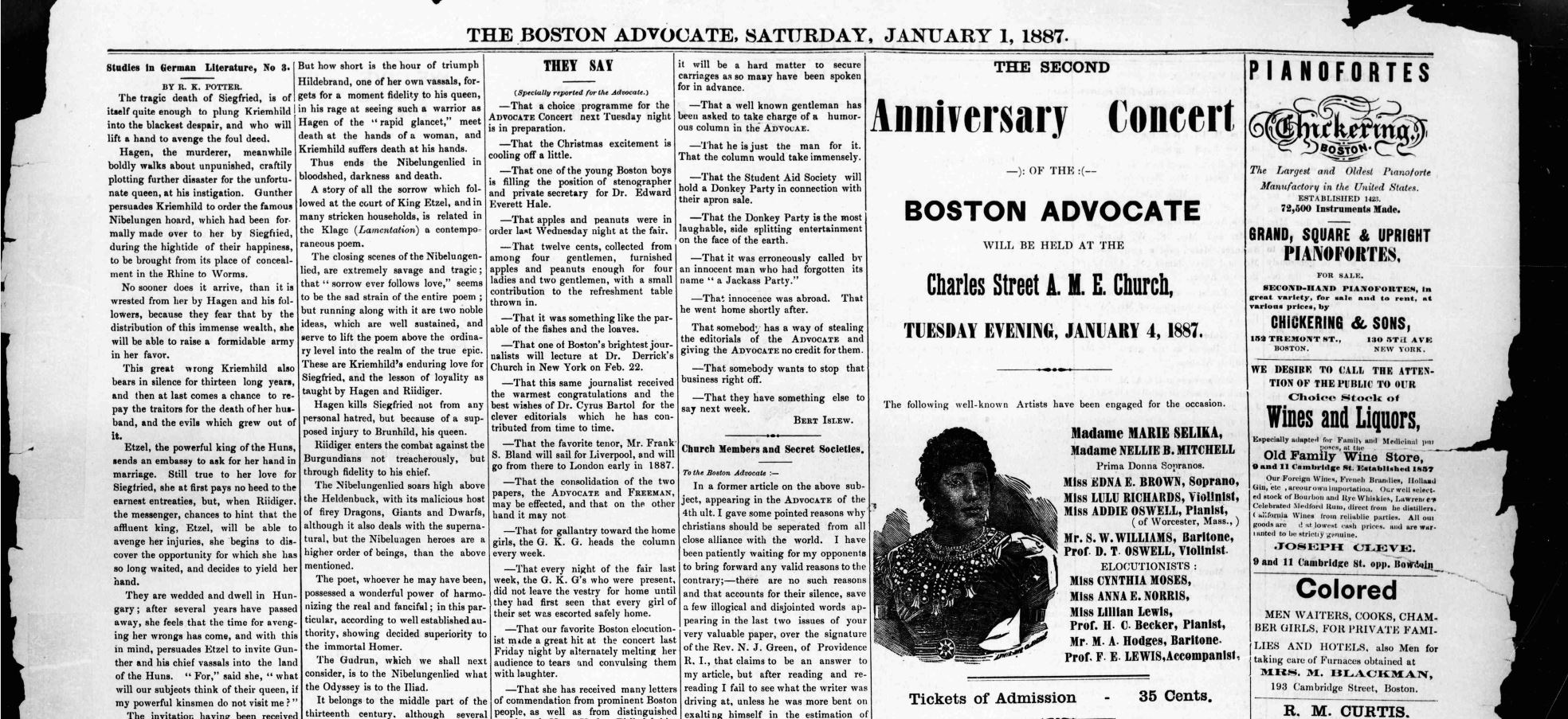Browse Exhibits (9 total)
Gossip in Black Periodicals
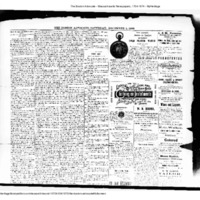
Gossip might seem too frivololous a topic for Black periodicals during the era of Civil War and Reconstruction. A closer look at these sources, however, reveals a diversity of content and of voices that belies any preconceived notion of a "single issue" Black press focused first on abolitionism and then Jim Crow. Instead, gossip, social news, and travel reports can be found across a wide spectrum of Black periodicals (here defined as those run by a majority Black staff and written primarily for Black readers), complementing political editorials, international news, and advice features. Gossip and its equivalents allowed editors and journalists to entertain, eduate, and inspire their readers by sharing achievements and missteps, often presented with personal commentary, humor, or moral judgement – as would be typical of oral gossip shared. This exhibit highlights some of the central publications, columns, and journalists (e.g. Lillian A. Lewis) who relied on gossip and related forms of writing that crossed that public/private boundary and thus enhanced the community-building aspect of postbellum Black periodicals.
- For an analysis of the uses of gossip in the antebellum period, we recommend "'Gadding,' 'Gainsaying,' and Negotiating Gossip in the Antebellum Black Press" by Erica L. Ball (published in When Private Talk Goes Public. Gossip in American History, Palgrave, 2014).
- For examples of critical takes on gossip in postbellum periodicals (white and Black), see the exhibit "Writing (About) Gossip"
Writing (about) Gossip
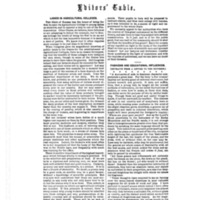
Writing (about) Gossip highlights gossip's role as an object of trade and as a public presence in the nineteenth century. Both effects were achieved conversely through warning against the dangers of gossip (often in the form of conduct literature) and relying on gossip as a commercial product (often, though not always, in dedicated columns). As our sources indicate, gossip was equally valuable as a threat as it was as a pleasure.
To introduce these seemingly paradox, but often intertwined ways in which gossip entered the public sphere, we present
Gossip and/as Foreign Correspondence
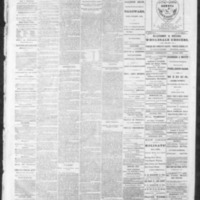
This exhibit gathers items related to the presentation "’Interesting to the Ladies’: How Foreign Correspondents Made Gossip a Profession" for the Speculative Endeavors Conference (Oct 21-23, 2021). They serve as a basis to contextualize, analyse, visualize, and link documents and people relevant to the question of how gossip becomes a profession for white women in the mid-nineteenth century. The focus is on the transatlantic careers of Grace Greenwood and Anne Hampton Brewster.
For further context, you can read our conference report here.
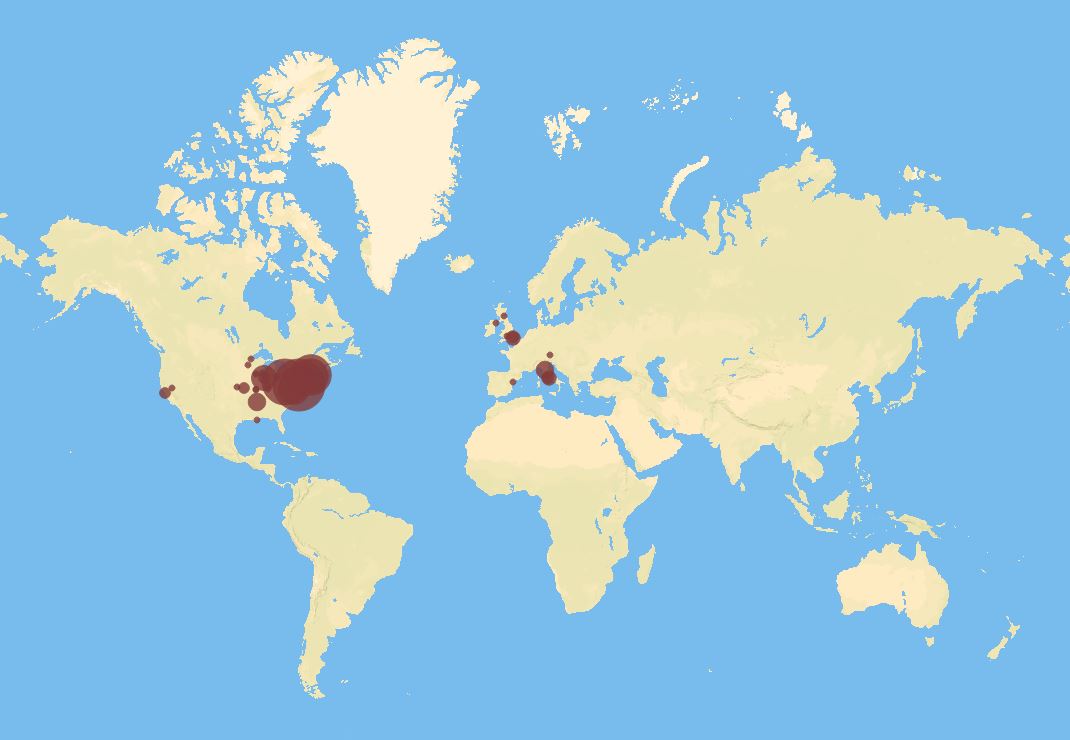 (Palladio visualization, location of items in "Gossip Columns and Columnists" collection, size nodes)
(Palladio visualization, location of items in "Gossip Columns and Columnists" collection, size nodes)
Public Image of Charlotte Cushman
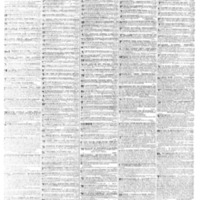
The items aligned here in various subcategories range from negative to favorable accounts and display the results of and threats to Charlotte Cushman's reputation management. The exhibit also comprises retrospective accounts that were published after Cushman's death in 1876.
Memoirs and Biographies
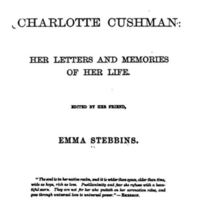
After Charlotte Cushman's death, newspaper articles and various memoirs change her public image by emphasizing certain aspects of her life (such as a narrative of Cushman as a heterosexual spinster) and leaving out others (such as personal motivation for taking on breeches roles). This exhibit collects the most influential of these posthumous accounts and thereby offers crucial insights into developing discourses of gender and sexuality.
Cushman's Networks
![CCP 11, 3302-3303, Fields, Annie to CC, Feb 5, [1868].pdf CCP 11, 3302-3303, Fields, Annie to CC, Feb 5, [1868].pdf](https://www.archivalgossip.com/collection/files/square_thumbnails/e8b1354308d0e7f1d1e4d7b20120078c.jpg)
This exhibit explores Cushman's private relationships as well as her (intersecting) wider social circles and networks through which she actively shaped her public image.
Choose a gallery page to learn more about
- the people among Cushman's circle of friends, lovers, acquaintances and admireres, such as
- "major figures" in Cushmania, that is Cushman's "inner circle" of family, friends, and lovers. In this gallery page, you will be introduced to Cushman's most frequent correspondents (such as Emma Crow Cushman) as well as people most frequently mentioned in her letters (e. g. Emma Stebbins or Ned Cushman)
- James T. and Annie Fields, whose correspondence with Cushman reveals her as a seasoned professional in terms of managing her reputation as well as a private person navigating the open secret of her relationship with Emma Stebbins
- the Brownings and Isa Blagden, who wrote as frequently about Cushman as they wrote to Cushman
- Cushman's reliance on and writing of letters of introduction, which were a major aspect on nineteenth-century professional and personal networks.
- her homes in Rome and Newport, in which she entertained her frequent visitors.
(force-directed graph which gives an overview
over the letter correspondence from the collection "Cushmania,"
code and simulation here)
Final Farewell Tour
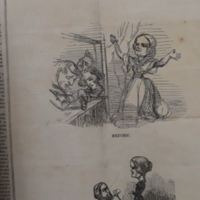
Charlotte Cushman starts her final farewell tour in the US in 1874 after a series of dramatic readings between 1871-1874. A series of performances in the UK and the US in 1851/52 were also called "farewell" engagements.
1857: Cushman's Breakup with Hays
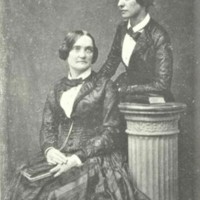
This exhibit revolves around accounts of the romantic and passionate relationship between Matilda Hays and Charlotte Cushman in the 1850s and their breakup in 1857. After Cushman's rise to success in the 1840s, she carefully watches her public image which involved keeping her same-sex relationships private. The exhibit devotes attention to the (lack of) archival material that provides insights into this period of Cushman's life.
For a blog post about this event which also inquires the intracacies of gossip as uncertain knowledge, please visit historyofknowledge.net.
Transatlantic Success in the 1840s
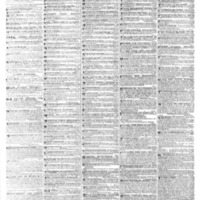
During the 1840s, Charlotte Cushman becomes a successful actress known across the Atlantic. After struggling financially, she establishes a reputation as the first gifted American actress who succeeds at performing different gender roles on stage. This exhibit provides an overview over press coverage as well as personal material concerning this crucial moment in Cushman's career.
There are numerous articles published both in the US and England for the years 1845-1852. Among these articles, various reports are reprints. The sections in which these articles can be found are called "private correspondence," "intelligence," "gossip," and theater-related columns.
Featured Exhibit
Gossip and/as Foreign Correspondence

This exhibit gathers items related to the presentation "’Interesting to the Ladies’: How Foreign Correspondents Made Gossip a Profession" for...


